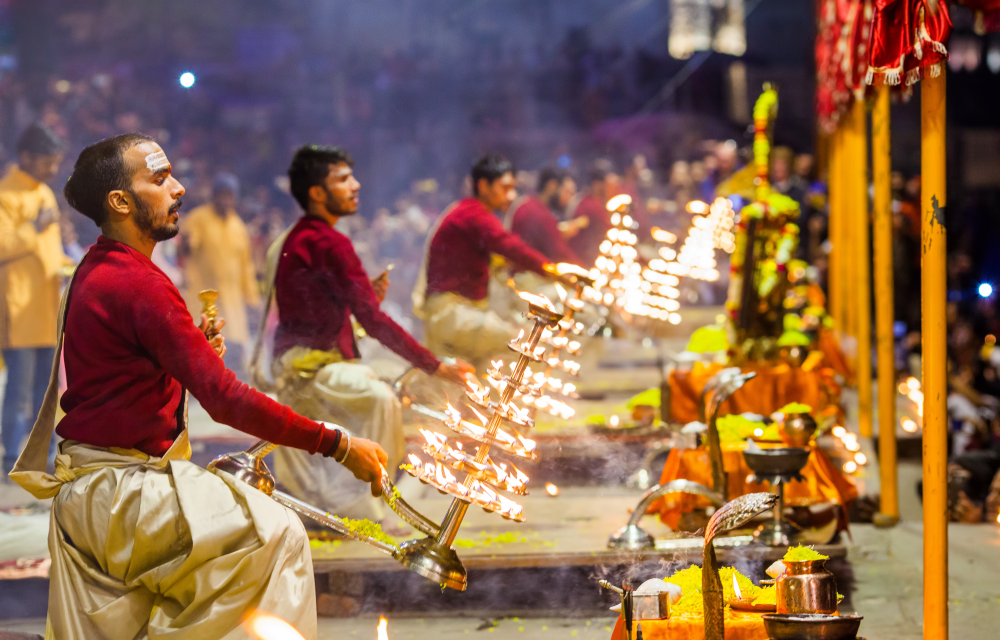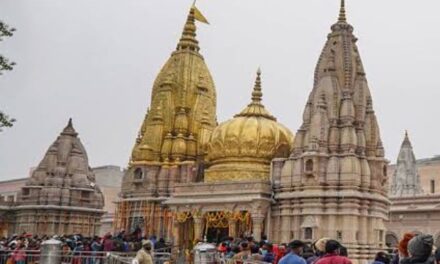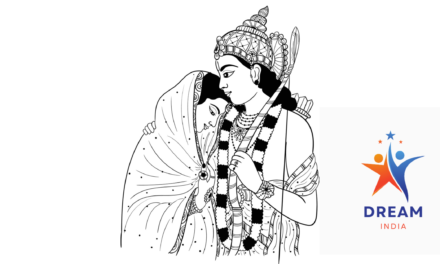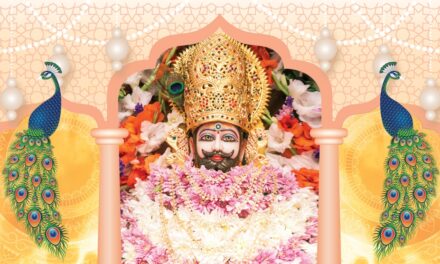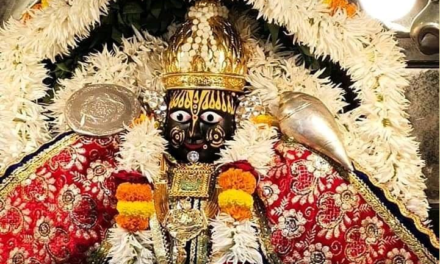Varanasi, India’s one and only spiritual capital, presents a magical experience—its supreme Ganga Aarti. A ceremony conducted on the ghats of the holy Ganges river, where it produces an extraordinary effect that draws pilgrims and visitors alike from around the globe. Here is everything you need to know about Ganga Aarti in Varanasi, such as its importance, timing and best way to enjoy it.
What is Ganga Aarti?
Ganga Aarti is an activity of devotion to Goddess Ganga. This is done for the purpose of thanks and prayers to the Goddess for her life-giving presence. This has been followed as an ancient tradition which stipulates prayers through brass lamps, incense products, and chanting, more significantly, and along with the central convention of a beautiful appearance. The performance will mainly take place at Dashashwamedh Ghat and Assi Ghat as an offering to the deity through which the soul has been cleansed and considers the elements of nature-earth, water, fire, air, and space.
Timings of Ganga Aarti in Varanasi
Morning Aarti (Subah-e-Banaras):
Timing: It commences around 5.00 AM and varies slightly in different seasons.
Significance: In the morning Aarti at Assi Ghat, the practice of yoga and Vedic chanting go hand-in-hand with the wonderful sunrise over the Ganges.
Evening Aarti:
Timing: It typically starts at about 6.30 PM but can range until about 7 PM during the different seasons.
Duration: It lasts for almost 45 minutes.
Venue: Main Dashashwamedh Ghat, otherwise there are other smaller rituals along with smaller Aarti at Assi Ghat and Panchganga Ghat.
Experiencing the Ganga Aarti
Dashashwamedha Ghat:
The elaborate and lavish aarti is conducted by saffron-robed priests at this ghat. The sounding of conches announces the commencement of the ceremony, and the brilliance of glowing brass lamps, along with synchronized movements, lends a mystic atmosphere to the event.
Assi Ghat:
For a much more intimate setting, one can head to Assi Ghat, where the aarti takes on a more personal, less crowded but cleanly presented spirit, as often it is organized with various cultural events such as morning music and yoga.
Panchganga Ghat:
This is where a minor, more private rite was observed, permitting a person to engage with the rituals in a more personal manner.
Tips to Enhance Your Experience
Arrive Early:
Well before the actual ceremony begins, the ghats can become crowded out. To get a good viewing spot, you should reach at least one hour before the ceremony begins.
Boat Ride Perspective:
A view of the aarti from the river on a boat would be the best vantage point from which to view it. Boat rides generally charge an amount that is around ₹550 per small group, but it is unlikely to be even the same all throughout the season and could be negotiated.
VIP Seating:
For a fee, some ghats provided reserved seating, which means unobstructed views of the ritual.
Festive Aartis:
Ganga Dussehra, Dev Deepawali, Makar Sankranti-these are special festivals where the aartis become larger than life with longer rituals, floating lamps, and cultural festivities.
Cultural Etiquette
- Dress softly and act respectfully as this is a sacred occasion for Hindus.
- No flash photography and keep your mobiles in silent mode.
- Local offerings of flowers and lamps are available, but do not contribute to polluting the river.
Why Attend the Ganga Aarti?
Ganga Aarti is a celebration that is beyond religion; it encapsulates the entire culture of Varanasi. Whether spiritual or aesthetic, itself an experience that becomes part of your very being. The chanting and orchestral cantatas transform the ghats into a place Divine in peace and purity, with floating diyas.
This is a timeless event made even more evocative and soulful because of the backdrop of the ancient city with the sacred Ganges. Whether it is at dawn or dusk, whatever the time, it will definitely be an experience you shouldn’t miss if you are visiting Varanasi.

